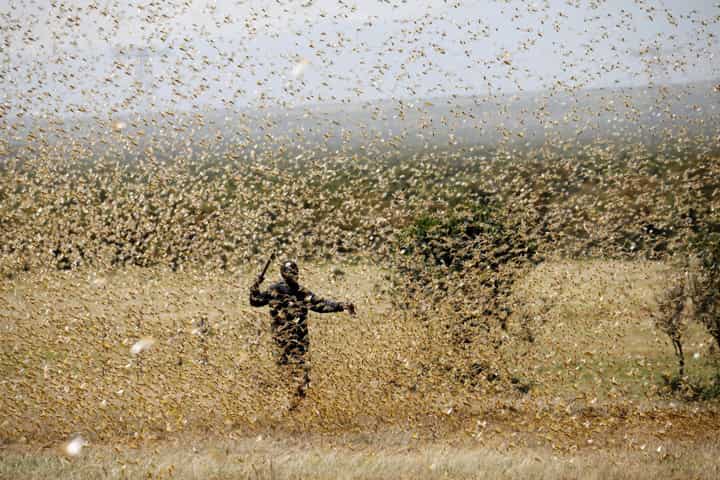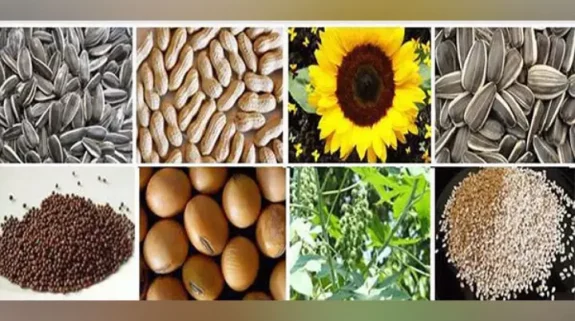A United Nations sponsored report titled “Scientific review of the impact of climate change on plant pests: A global challenge to prevent and mitigate plant-pest risks in agriculture, forestry and ecosystems” has been released in the run-up to World Environment Day.
The report states that with the change in climate, plant pests that ravage economically important crops, are now becoming more destructive. This poses a very serious threat to the environment and food security.
Studies have evaluated several atmospheric and climatic changes. These include increase in temperature, carbon dioxide, and ozone, change in water or humidity patterns, on the distribution, occurrence and abundance of pests and the severity of the risk these pests pose.
The Review has been done by Professor Maria Lodovica from the University of Turin, Italy and another 10 co-authors from around the world.
Talking about the Review, the Food and Agriculture Organisation Director-General, QU Dongyu remarked: "The key findings of this review should alert all of us on how climate change may affect how infectious, distributed and severe pests can become around the world.”
"The review clearly shows that the impact of climate change is one of the greatest challenges the plant health community is facing,” he added.
According to the FAO data, 40 per cent of the global crop output is lost to pests every year. Annually plant diseases cost the global economy over $220 billion, and invasive insects at least $70 billion.
Impact of climate change on plants pests
Climate change according to the study will lead to an increase in the risk of the pests spreading to agricultural and forestry ecosystems. This holds true especially in cooler Arctic, boreal, temperate and subtropical regions. Citing examples, it states that a single, unusually warm winter may be enough to assist the establishment of invasive pests.
Pests like fall armyworm – feeding on a growing number of crops, including maize, sorghum, millet — and Tephritid fruit flies, which damage fruit and other crops, have already spread due to warmer climate. Among the others, there is the desert locust, described as the world’s most destructive migratory pest, which are expected to change their migratory routes and geographical distribution because of climate change.
The study also looks into the risk of rice in India. It states that the infection ability of leaf blight (caused by Magnaporthe oryzae) is expected to go up during the winter that is December to March. During the monsoon season, July to October, it is projected to remain the same or slightly decrease.
Fifteen plant species that have spread or may spread because of climate change have been analysed in this Review.
About 50 per cent of these emerging plant diseases spread across the world through global travel and trade. Both travel and trade have tripled in volume over the last decade, while weather is the second most important factor.
Stressing that once the pests have established themselves in a new area, they are generally impossible to eradicate, the study states managing them is both time consuming and expensive.
The change induced in pest dispersal and intensity due to climate threatens food security as a whole. Those who are especially vulnerable to this are small holders, people whose sustenance depends on plant health and those who live in regions facing food insecurity.
The way to mitigate the impact on plants and crops
Besides, addressing the problem, the review put forward a number of recommendations to mitigate the impact of climate change on plant health. These are as follows:
- Increased international cooperation as effective management of plant pests by one farmer or one country affects the success of others.
- Improved measures to limit the international spread of pests through trade and travel and adjustments to plant protection protocols.
- Need for more research into the impact of climate change on pests and hence, on plant health.
- More investments in strengthening national phytosanitary systems and structures.




















